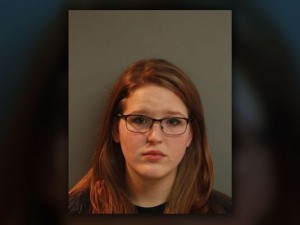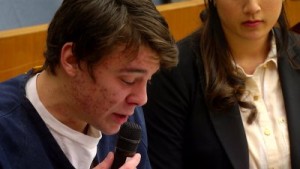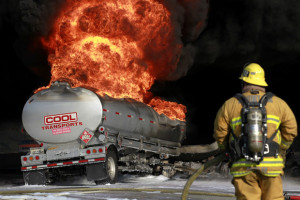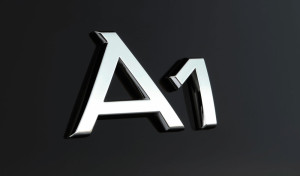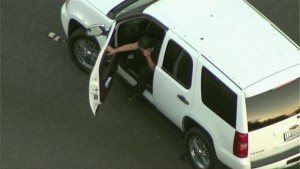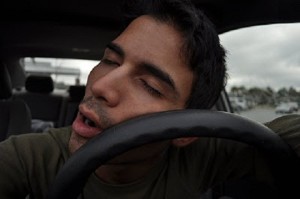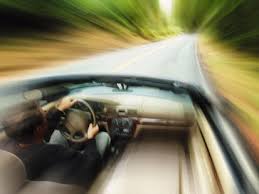People who cause an accident because of DUI in Los Angeles understand that it’s better to stay at the scene and talk with police officers. If they take off before the police arrive, they could compound their legal troubles with additional charges of fleeing the scene.
The New York State legislature, however, has apparently actually created a loophole that encourages motorists who have been drinking to leave a serious accident scene. According to an online report in Newsday, lawmakers inadvertently caused this problem when they toughened the penalties for DUI drivers but not for motorists who flee. Prosecutors say this has actually given drivers under the influence of alcohol or drugs an incentive to take off.
The problem is not only that these drivers are getting away with DUI; they’re also neglecting to get prompt medical treatment for people they’ve injured in other cars or even for passengers in their own vehicles.
Newsday said that under current New York law, the penalty for an impaired driver felony can be as high as 15 years in prison. A driver who flees an accident scene, however, would face considerably less time–up to seven years in prison–if the accident killed someone and up to four years in prison if people suffered injuries.
The state legislature tried to address the problem in its 2015 session and unanimously passed a bill created a new crime of “aggravated leaving the scene of an incident without reporting.” But prosecutors object to the bill because it places too many restrictions on them. A charge of aggravated leaving would require the accident to cause injury or death to more than one person. The suspect would have to have a prior DUI conviction (within the last 10 years), be driving on a suspended or invalid license because of a previous DUI conviction, or have a prior conviction of leaving the scene of an accident that caused death or injury.
Lawmakers are trying to negotiate amendments to the bill so it can get the governor’s signature before a December 31, 2015 deadline.
To understand what to do to fight back against your charges, call Los Angeles DUI defense lawyer, Michael Kraut of Kraut Law Group Criminal & DUI Lawyers, Inc.. As a former (and highly successful) Deputy District Attorney, Mr. Kraut has fought on behalf of defendants like you for nearly 20 years.
Continue reading
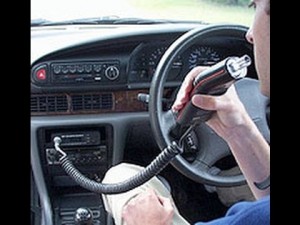
 Los Angeles Criminal Defense Attorney Blog
Los Angeles Criminal Defense Attorney Blog


